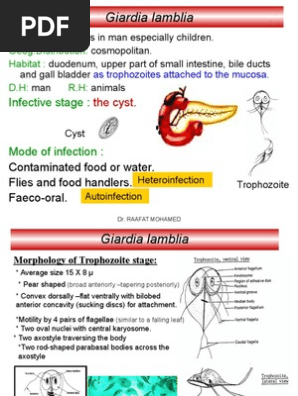100% found this document useful (1 vote)
390 views21 pagesSutures & Ligature Materials
Silk sutures are derived from the cocoon of silk worms. They are braided for strength and coated in wax. Silk sutures maintain tensile strength for a long time, up to 2 years, inducing tissue reaction and capsule formation. They are used for skin closure and ligation of vessels and pedicles during various surgeries.
Uploaded by
Shivam PandeyCopyright
© © All Rights Reserved
We take content rights seriously. If you suspect this is your content, claim it here.
Available Formats
Download as PDF, TXT or read online on Scribd
100% found this document useful (1 vote)
390 views21 pagesSutures & Ligature Materials
Silk sutures are derived from the cocoon of silk worms. They are braided for strength and coated in wax. Silk sutures maintain tensile strength for a long time, up to 2 years, inducing tissue reaction and capsule formation. They are used for skin closure and ligation of vessels and pedicles during various surgeries.
Uploaded by
Shivam PandeyCopyright
© © All Rights Reserved
We take content rights seriously. If you suspect this is your content, claim it here.
Available Formats
Download as PDF, TXT or read online on Scribd
/ 21

























































































